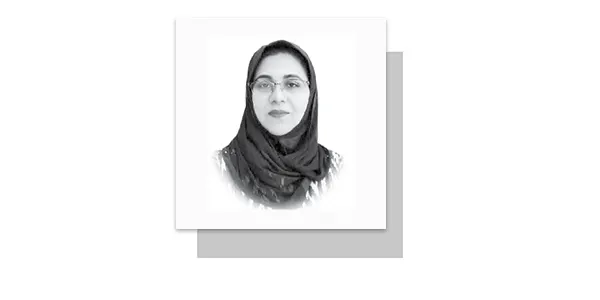IN the hallowed halls of Pakistan’s universities, where young minds should be soaking up knowledge, a more sinister lesson plan has taken hold—one that involves rolling papers, pills, and powder. Once relegated to whispered rumours, drug use has now become almost as common as cramming for exams, with social media and delivery apps like Bykea playing the role of unlikely enablers. Social media, the great connector of our age, is now also the great connector of buyers and dealers. Encrypted chats and faceless profiles make arranging a drug deal as easy as ordering a pizza. Meanwhile, delivery services, designed to bring convenience to your doorstep, have found themselves unwittingly delivering more than just fast food. Drugs now arrive faster than your final grades, and with far more dangerous consequences.
Adding fuel to this fire is Pakistan’s geographic misfortune—its 2,611-kilometer border with Afghanistan, the world’s unofficial drug farm. With Afghan poppy fields just a border hop away, Pakistan has become a prime route for traffickers eager to spread their toxic wares. The rugged terrain along the border offers the perfect cover for smuggling, turning Pakistan into a veritable highway for heroin and other narcotics. But wait, there’s more! Since the Taliban waltzed back into power, the Afghan drug trade has seen a makeover. They’ve slapped a ban on poppy cultivation, but don’t break out the confetti just yet. Instead, synthetic drugs like methamphetamine have picked up the slack. Easy to produce, hard to detect, and dangerously addictive, these drugs are the new menace creeping into Pakistan. The spike in meth seizures should make us all sit up and take notice—if we’re not already on edge.
Pakistan’s Anti-Narcotics Force (ANF) is fighting the good fight, but it’s an uphill battle. Since 2018, they’ve rounded up 340 foreign nationals, including 184 Afghans, for their roles in the drug trade. These traffickers aren’t just opportunists—they’re part of deep-rooted networks that span family and tribal ties across Pakistan, Afghanistan, and Iran. These connections, coupled with shared languages and cultures, make them harder to root out than a persistent weed. Adding another twist to this already tangled web is the Afghan Transit Trade Agreement (APTTA), a deal meant to promote cross-border trade. Instead, it’s been hijacked by smugglers who use it to move drugs under the radar. A glaring example is the seizure of a container at Karachi Sea Port stuffed with millions of illegal pills. Such incidents reveal the cracks in a system designed to facilitate legitimate trade but exploited by those with more nefarious intentions.
But this isn’t just about smugglers and law enforcement playing a dangerous game of cat and mouse. The stakes are higher. The Tehreek-i-Taliban Pakistan (TTP), with a little help from their friends in Afghanistan, funds its terrorist activities through drug trafficking. The regions where drugs flow freely also happen to be the same places where the TTP wreaks havoc. The overlap between the drug trade and terrorism is as alarming as it is deadly. And if that’s not enough to keep you up at night, there’s a new twist in the tale—drug use is finding an unlikely ally in social trends. As university students explore new identities and lifestyles, drugs are being repackaged as symbols of rebellion or self-expression. This new ‘cool’ makes addressing the issue even more challenging.
This crisis isn’t just a problem for the authorities; it’s a threat to the very future of the country. Sure, tightening border controls and cracking down on the drug trade is crucial, but it’s not enough. Education and awareness are our best defences. We need to reach students before the dealers do, offering them support and alternatives that lead away from the dangerous path of substance abuse. Ultimately, this fight isn’t just about numbers or policies—it’s about saving lives and futures. If we can dismantle the networks that fuel this crisis and provide our youth with better choices, we just might turn the tide on this growing menace.
—The writer is editor at South Asia Times.










